 France: Océan, Marengo, Suffren, Central Battery Ironclad (1870-1897)
France: Océan, Marengo, Suffren, Central Battery Ironclad (1870-1897)Marine Nationale's Ironclads
Gloire class | Couronne Bd. Ironclad | Magenta class Bd. Ironclads | Arrogante class Flt. Batteries | Provence class | Embuscade class | Palestro class Flt. Batteries | Taureau | Belliqueuse Bd. | Ocean class | Alma classThe Océan-class were three wooden-hulled armored frigates of the French Navy built 1865-1870, the largest and most powerful to date, and first French central battery models. Océan took part to the blockade of Prussian ports in the Baltic Sea in 1870 (Franco-Prussian War). Marengo after modernization took part the French conquest of Tunisia in 1881. Suffren for long the flagship for the Cherbourg Division, Channel Division, Mediterranean Squadron and Northern Squadron. All three were discarded in the 1890s.
Design of the class
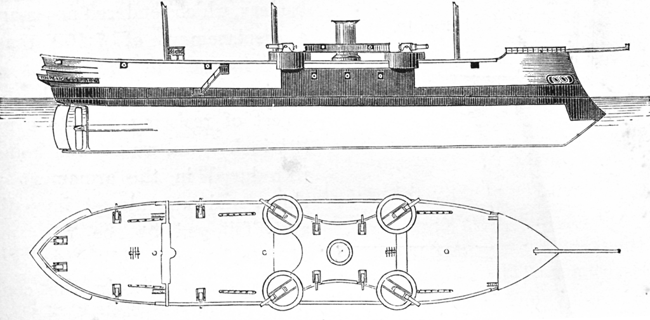
The Océan-class ironclads were designed by Henri Dupuy de Lôme in 1863 as an improved version of the Provence-class ironclads at first. But following the new armament, their single broadside battery was replaced by a central battery: All her armament was to concentrated amidships; on their point of balance. This would allow not only to contentrate there a heavier artillery, but afford better protection there, while sparing weight and regaining speed and range. For the first time in a French ironclad, Dupuy de Lôme created in the design three watertight iron bulkheads, incorporated into the hull. They were also provided with a metal-reinforced ram. Another innovation was the use of upper barbettes for their 24C M1870 heavy guns, a first, albeit that was an issue for stability. So overall, just like the Magenta before (world’s only two-decker ironclad), Dupy de Lôme signed yet another groundbreaking design.
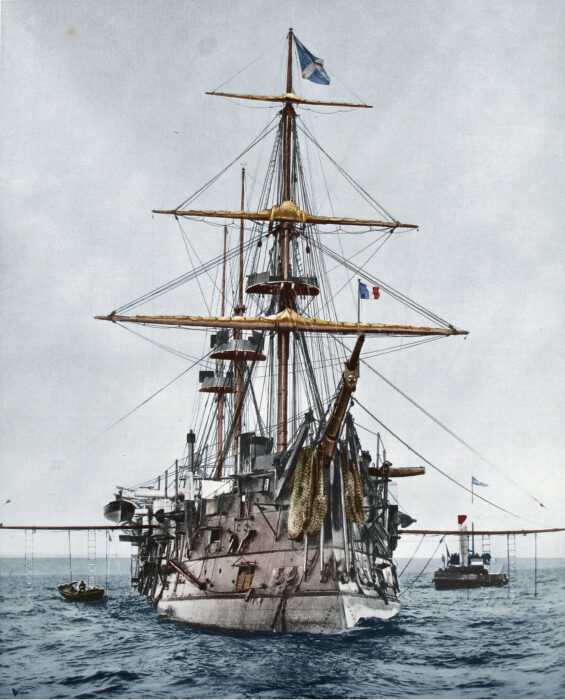
Photo by Neurdein, colorized by the author.
Hull and general design
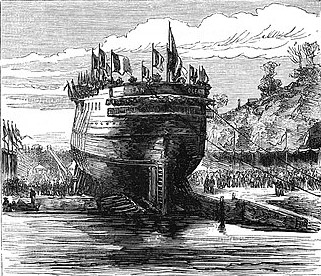 These wooden hulled ironclads measured 87.73 meters (287 ft 10 in) overall, and had a beam of 17.52 meters (57 ft 6 in), mean draft of 9.09 meters (29 ft 10 in). Displacement was 7,749 metric tons (7,627 long tons). They carried a crew between 750 and 778 officers and men, much larger than ships such as the two-decker Magenta class despite their reduced artillery. Their metacentric height was very low, between 1.7–2.2 feet (0.5–0.7 m) and they ended over-weight as completed, a constant issue with French construction at the time. Their draught was so exceeded that it was impossible to use ballast to increase their stability notably because of the position of the armour. The Océan-class were safe in handling however, rolled in a predictable way, were relatively agile, and recognised as good sea-boats in general, steady and well-behaved. But they resisted little to heeling when hard rudder, bleeding speed. They were fitted with a pronounced ram, projecting nearly 2.7m (8.85 ft) forward and was tipped by a 20t bronze casting.
These wooden hulled ironclads measured 87.73 meters (287 ft 10 in) overall, and had a beam of 17.52 meters (57 ft 6 in), mean draft of 9.09 meters (29 ft 10 in). Displacement was 7,749 metric tons (7,627 long tons). They carried a crew between 750 and 778 officers and men, much larger than ships such as the two-decker Magenta class despite their reduced artillery. Their metacentric height was very low, between 1.7–2.2 feet (0.5–0.7 m) and they ended over-weight as completed, a constant issue with French construction at the time. Their draught was so exceeded that it was impossible to use ballast to increase their stability notably because of the position of the armour. The Océan-class were safe in handling however, rolled in a predictable way, were relatively agile, and recognised as good sea-boats in general, steady and well-behaved. But they resisted little to heeling when hard rudder, bleeding speed. They were fitted with a pronounced ram, projecting nearly 2.7m (8.85 ft) forward and was tipped by a 20t bronze casting.
Powerplant
The Océan-class were powered by the largest HRCR engine to date in the Marine Nationale: A massive horizontal-return, connecting-rod, compound steam engine which was driving a single propeller (lileky two-bladed). Steam came from eight oval boilers. On sea trials this powerplant produced between 3,600–4,100 indicated horsepower (2,700–3,100 kW) between ships, and they reached 13.5–14.3 knots (25.0–26.5 km/h; 15.5–16.5 mph). For autonnomy they carried 650 metric tons (640 long tons) of coal making for 3,000 nautical miles (5,600 km; 3,500 mi) at 10 knots (19 km/h; 12 mph). These were the best performances so far for French Ironclads, albeit still insufficient compared to HMS Hercules.
The Océan-class had a barque or barquentine rig counting three masts, with a sail area of c2,000 square meters (22,000 sq ft). The three-masted rigging is also depicting having a sail area of 2,116 m² (1,921 m² for Suffren): With a foremast: square lighthouse, a foretopsail, a foretopsail, and a schooner sail, mainmast with schooner sail and mizzenmast with brigantine, two staysails and a bowsprit with three jibs.
Protection
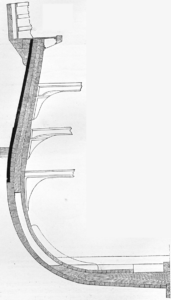 The Ocean-class were given a complete the following scheme:
The Ocean-class were given a complete the following scheme:
Waterline Belt: 178 mm/7 in (outer), 203 mm/8 in (inner), wrought iron.
Battery: 160 mm (6.3 in) wrought iron.
Barbettes: 150 millimeters (5.9 in).
Outer hull sides: 15-millimeter (0.6 in).
Gardiner and Gibbons (Conways) states the barbette armor was later removed to improve stability but it’s unconfirmed.
Armament

The initial design called for four 19 cm (7.5 in) guns, four 16 cm (6.3 in) guns on the main deck, under the protection of a armour, a central battery. There were an additional four 24-centimeter (9.4 in) guns, the largest, on open-topped armoured barbettes on the spar deck. Thuis unusual feature was to give them unprecedented arc of fire at the time.
The sides bing not recessed, the main deck guns were unable to fire fore or aft, only on broadsied angles (c80°). The barbettes were slightly sponsoned out over the sides of the hull however and thus had a greater arc than 120°. However if fired at angles smaller than 45 degrees from the keel-line, the crew was of course evacuated and sensible items as well. In practice the arc was reduced to 100 degrees.
The main deck battery was 3.9 m (13 ft) above the waterline.
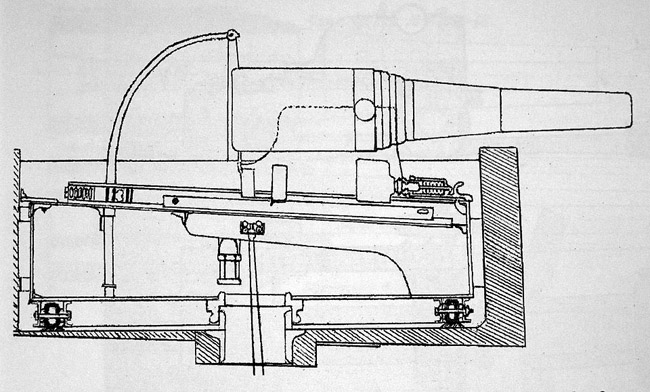
The spar deck/barbette guns were 8.3 m (27 ft) above the waterline, installed on steam-powered turntables. Here: Suffren’s steam powered turntable, rotating inside the barbette.
27 cm/12 M1870 RML:
The 22.84 long tons (23.21 t) 18-caliber 27 cm Modele 1870 gun was a 274 millimeter bore diameter cannon, which could fire an armor-piercing, 476.2-pound (216.0 kg) shell at 1,424 ft/s (434 m/s). It was tested able to penetrate 14.3 inches (360 mm) of flat, wrought iron armour plating at the muzzle.
24 cm/19 M1870 RML:
This 15.41 long tons (15.66 t) 24 cm Modele 1870 gun fired a 317.5 pounds (144.0 kg) armor-piercing shell. Muzzle velocity was 1,624 ft/s (495 m/s), tested showed it could penetrate 14.4 inches (366 mm) of wrought iron armour at the muzzle.
14 cm/21 RML:
The 138-millimeter gun, 21 calibers long, weighed 2.63 long tons (2.67 t) and fired a 61.7-pound (28.0 kg) explosive shell with a muzzle velocity of 1,529 ft/s (466 m/s) alternating to solid shot.
Modifications
In 1869, this armament was changed to four Canon de 24 C modèle 1870 (9.4 in) guns in the upper barbettes and six or eight 24 cm guns in the battery.
In 1871?, this was changed for four 24 cm guns in barbettes and four 27 cm (10.8 in) cm guns in the battery. The secondary armament on the broadside, spar deck, amounted to six 12 cm (4.7 in) guns with the rear ones able to fire in retreat.
In 1885: All 138-mm guns were replaced by 4-6 120 mm (4.7 in) guns and later around 12x 37-millimeter (1.5 in) Hotchkiss 5-barrel revolving guns furing a 500 g (1.1 lb) shell at 610 m/s (2,000 ft/s) and range of 3,200 meters (3,500 yd), rate of fire 30 rounds per minute. Mast reduced to miltary masts with fighting tops.
In 1890+: 4 above-water 356-millimeter (14 in) torpedo tubes added.

⚙ Ocean specifications |
|
| Displacement | 7,749 t (7,627 long tons) |
| Dimensions | 86.2 x 17.52 x 9.09m (282 ft 10 in x 57 ft 6 in x 29.8 ft) |
| Propulsion | 1 shaft HRCR-steam engine, 8 oval boilers: 3,780–4,180 ihp (2,820–3,120 kW) |
| Sail plan | Barquentine rigged |
| Speed | 13 knots (24 km/h; 15 mph) |
| Range | 3000 nautical miles (5,600 km; 3,500 mi) at 10 knots (19 km/h; 12 mph) |
| Armament | 4× 240 mm (9.4 in), 4× 194 mm (7.6 in), 4× 164 mm (6.5 in) guns |
| Protection | Belt: 178–203 mm (7–8 in), Battery: 160 mm (6.3 in), Barbettes: 150 mm (6 in) |
| Crew | 750-778 |
Career of the Ocean class
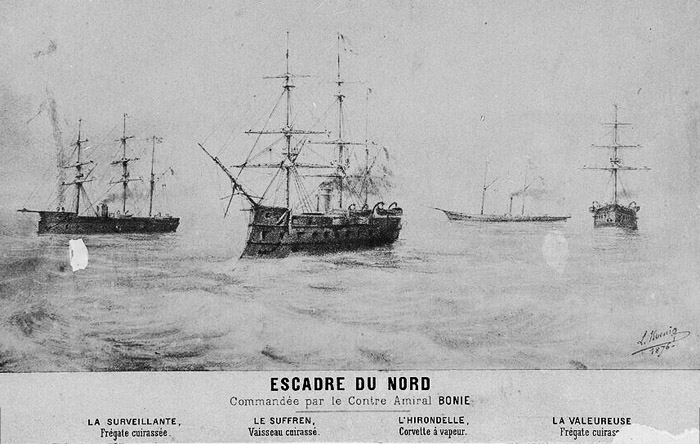

 Océan (1868)
Océan (1868)

Océan was laid down at Arsenal de Brest in July 1865, launched on 15 October 1868 and commissioned on 21 July 1870. She was the only one seeing the Franco-Prussian war, aking part in the blockade of Prussian coast in September. Between 1870–71 Océan, assigned to the Northern Squadron attempted two blockades of Prussian ports on the Baltic but she was ultimately recalled on 16 September 1870, ordered to return to Cherbourg. The failure was due t the neutrality of nearby states, distance from France, and unability to mount a logisitic fleet capable of recoaling all ships at sea. Océan was soon reassigned to the Evolutionary Squadron (Escadre D’Evolutions) until 1875. She was then placed in reserve but recommissioned in 1879 and transferred to the Mediterranean Squadron.
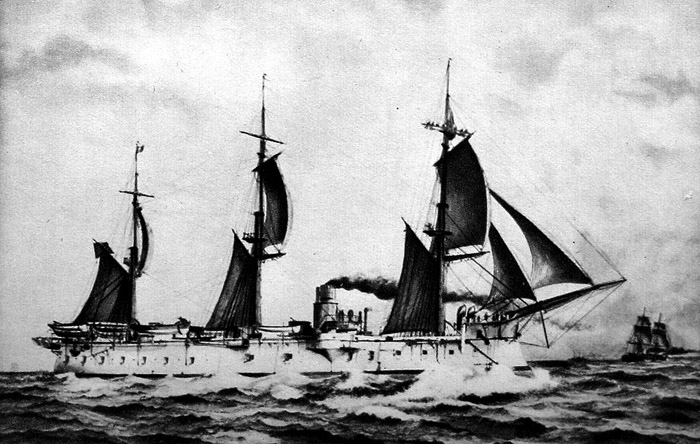
Her long refit of 1884–85 saw armament changes. She was assigned to the Northern Squadron after completion. In 1888 she was transferred back to the Mediterranean Squadron. She was placed in reserve by 1891, assigned to the Gunnery School and then as training ship for naval apprentices. She was decommissioned and stricken in 1894, BU afterwards.
 Marengo (1869)
Marengo (1869)
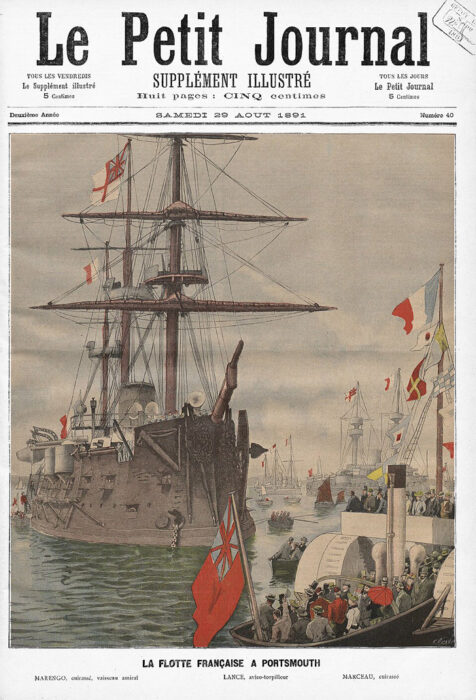
Marengo was laid down at Arsenal de Toulon in July 1865, launched on 4 December 1869 and commissioned in May 1872. Thus, she was still was running her sea trials during the Franco-Prussian War and later placed in reserve, recommissioned in 1872 for the Mediterranean Squadron, transferred there until 1876, and back in reserve. On 2 October 1880 she was fully recommissioned, reassigned to the Mediterranean Squadron and soon transferred to the Levant Squadron (“Division Navale du Levant”) operating in Syria-Lebanon, on 13 February 1881.

She later bombarded the Tunisian port of Sfax in July 1881, her main constribution to the French conquest of Tunisia. She remained in the Mediterranean, but reassigned to the Reserve Squadron in 1886. In 1888 she was transferred and became the flagship of the Northern Squadron. She led the squadron in port visit to Kronstadt in 1891. Placed in reserve in 1892 she was laid up and eventually stricken and old in 1896.
 Suffren (1872)
Suffren (1872)
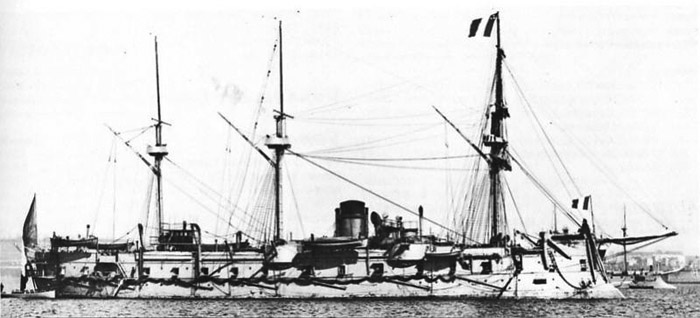
Suffren was laid down at Arsenal de Cherbourg in July 1866, launched on 26 December 1872 and not completed before 1 March 1876. She was placed into reserve after completing her sea trials and not commissioned until 1 March 1876. She became flagship of the Cherbourg Division, a role she retook several times in her career in several fleets. The reason was a difference with her sisters, the spacious admiral’s quarters created on board. On 1 September 1880 she was assigned to a division making a demonstration at Ragusa under Vice Admiral Seymour, RN. This was to force the Ottoman Empire to comply with the Treaty of Berlin terms, turning over the town of Ulcinj to Montenegro. Suffren ended in the reserve in 1881, recommissioned only by 23 August 1884 and assigned to the Northern Squadron then retransferred to the Mediterranean Squadron in 1888, until paid off in 1895, stricken 1897, BU.


Ocean, an ironclad inspired by the general hull design of the Magenta but first with barbette guns (pinterest, Maritime Museum).
Read More/Src
Books
Steam, Steel and Shellfire, The Steam Warship 1815-1905″, Conway’S history of the ship, Chartwell Books Inc.
Roger Chesneau and Eugene M. Kolesnik, ed., Conway’s All The Worlds Fighting Ships, 1860-1905, (Conway Maritime Press, London, 1979).
Links
navypedia.org/ fr bb ocean
maritima-et-mechanika.org/
fr.wikipedia.org
en.wikipedia.org/ Océan-class_ironclad
worldnavalships.com battleships
on modelshipworld.com
Model Kits
None (yet). Want one ? Ask us.
In pop culture, Ocean is notably a playable ship in Shogun II: TW. src


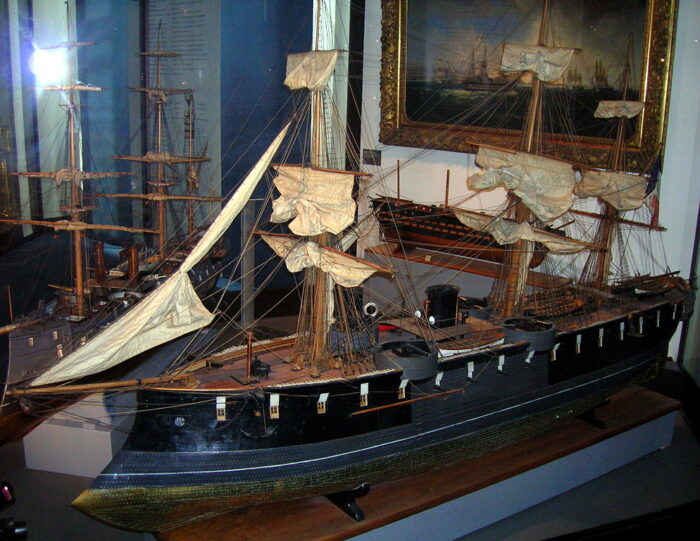


 Latest Facebook Entry -
Latest Facebook Entry -  X(Tweeter) Naval Encyclopedia's deck archive
X(Tweeter) Naval Encyclopedia's deck archive Instagram (@navalencyc)
Instagram (@navalencyc)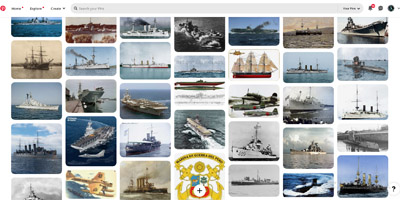

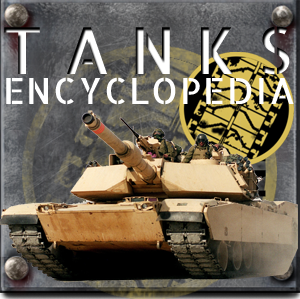
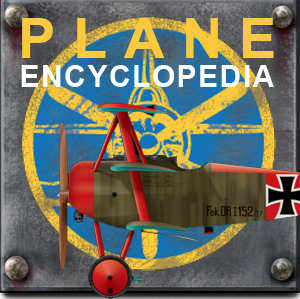
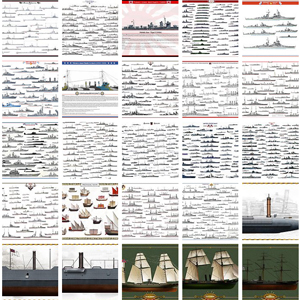
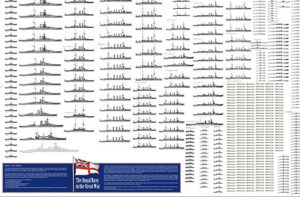
 French Navy
French Navy Royal Navy
Royal Navy Russian Navy
Russian Navy Armada Espanola
Armada Espanola Austrian Navy
Austrian Navy K.u.K. Kriegsmarine
K.u.K. Kriegsmarine Dansk Marine
Dansk Marine Nautiko Hellenon
Nautiko Hellenon Koninklije Marine 1870
Koninklije Marine 1870 Marinha do Brasil
Marinha do Brasil Osmanlı Donanması
Osmanlı Donanması Marina Do Peru
Marina Do Peru Marinha do Portugal
Marinha do Portugal Regia Marina 1870
Regia Marina 1870 Nihhon Kaigun 1870
Nihhon Kaigun 1870 Preußische Marine 1870
Preußische Marine 1870 Russkiy Flot 1870
Russkiy Flot 1870 Svenska marinen
Svenska marinen Søværnet
Søværnet Union Navy
Union Navy Confederate Navy
Confederate Navy Armada de Argentina
Armada de Argentina Imperial Chinese Navy
Imperial Chinese Navy Marinha do Portugal
Marinha do Portugal Mexico
Mexico Kaiserliche Marine
Kaiserliche Marine 1898 US Navy
1898 US Navy Sovietskiy Flot
Sovietskiy Flot Royal Canadian Navy
Royal Canadian Navy Royal Australian Navy
Royal Australian Navy RNZN Fleet
RNZN Fleet Chinese Navy 1937
Chinese Navy 1937 Kriegsmarine
Kriegsmarine Chilean Navy
Chilean Navy Danish Navy
Danish Navy Finnish Navy
Finnish Navy Hellenic Navy
Hellenic Navy Polish Navy
Polish Navy Romanian Navy
Romanian Navy Turkish Navy
Turkish Navy Royal Yugoslav Navy
Royal Yugoslav Navy Royal Thai Navy
Royal Thai Navy Minor Navies
Minor Navies Albania
Albania Austria
Austria Belgium
Belgium Columbia
Columbia Costa Rica
Costa Rica Cuba
Cuba Czechoslovakia
Czechoslovakia Dominican Republic
Dominican Republic Haiti
Haiti Hungary
Hungary Honduras
Honduras Estonia
Estonia Iceland
Iceland Eire
Eire Equador
Equador Iran
Iran Iraq
Iraq Latvia
Latvia Liberia
Liberia Lithuania
Lithuania Mandchukuo
Mandchukuo Morocco
Morocco Nicaragua
Nicaragua Persia
Persia San Salvador
San Salvador Sarawak
Sarawak Uruguay
Uruguay Venezuela
Venezuela Zanzibar
Zanzibar Warsaw Pact Navies
Warsaw Pact Navies Bulgaria
Bulgaria Hungary
Hungary

 Bundesmarine
Bundesmarine Dutch Navy
Dutch Navy Hellenic Navy
Hellenic Navy Marina Militare
Marina Militare Yugoslav Navy
Yugoslav Navy Chinese Navy
Chinese Navy Indian Navy
Indian Navy Indonesian Navy
Indonesian Navy JMSDF
JMSDF North Korean Navy
North Korean Navy Pakistani Navy
Pakistani Navy Philippines Navy
Philippines Navy ROKN
ROKN Rep. of Singapore Navy
Rep. of Singapore Navy Taiwanese Navy
Taiwanese Navy IDF Navy
IDF Navy Saudi Navy
Saudi Navy Royal New Zealand Navy
Royal New Zealand Navy Egyptian Navy
Egyptian Navy South African Navy
South African Navy






























 Ukrainian Navy
Ukrainian Navy dbodesign
dbodesign